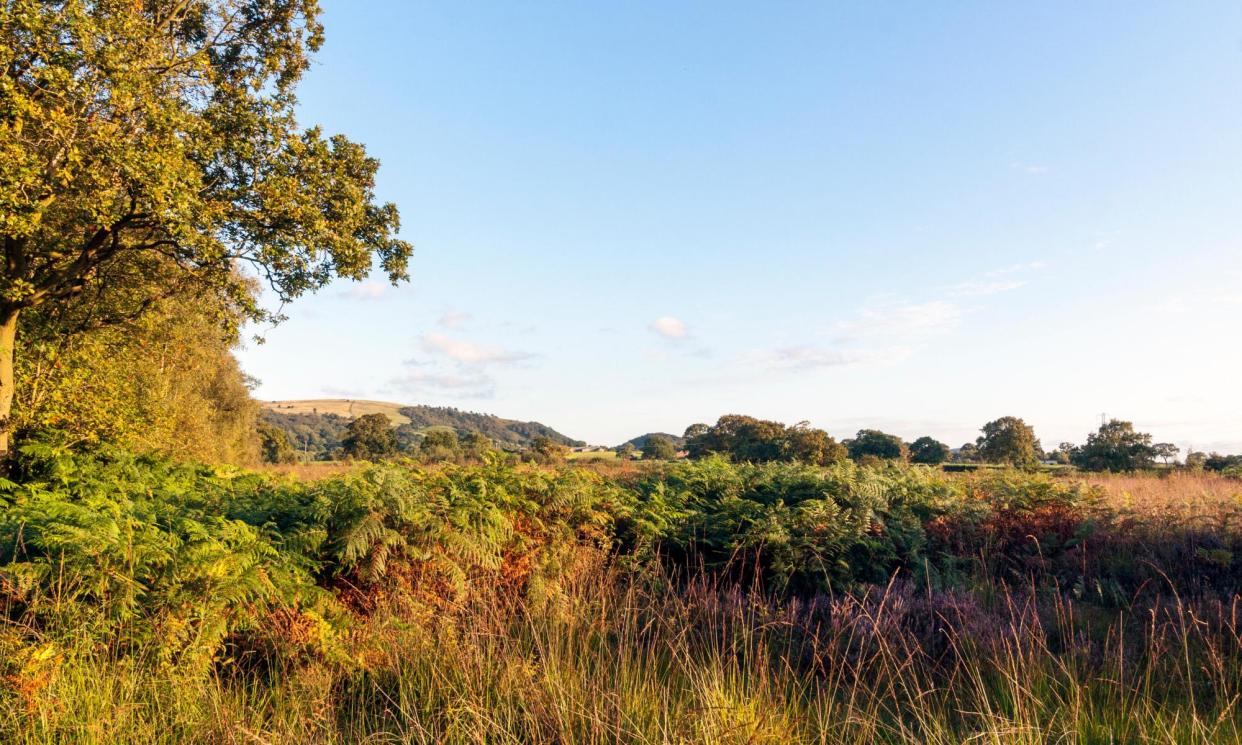Country diary: A wild place that should be treasured, not bulldozed

Our field club recently visited this area of wild ground on the edge of town called Danes Moss. The trip was inspired by local naturalists who have logged more than 1,600 plant and animal species there in short order.
That urgency to record its wildlife has been driven, in turn, by Cheshire East council, which has earmarked Danes Moss for 900 new houses. Not only does this decision ride roughshod over all the implications entailed in that biodiversity, it follows decades of encroachment that has already consumed half the site for human use.
The new proposals are also judged to entail the release of 220,000 tonnes of CO2. That’s because it’s a raised peat bog, the largest in Cheshire and the one rare habitat sequestering more carbon than all others, including rainforest. As well as a buffer for our climate change, Danes Moss is a remarkable living, breathing space – a mosaic of quagmire interspersed with flower-smothered paddocks and lush marsh vegetation bounded by jungles of birch and willow.
The place is currently host to a million insects. As we zoned in on these marvels, one after the other, it was easy to forget that all the abundance could be destroyed. We soon found a new one to add to the site total – an earth-hugging grasshopper relative called the common groundhopper. Despite apparent modesty, groundhoppers are joyous creatures, and every one I’ve ever seen has had unique colour patterns. This little fid of life is also far more complex, more full of mystery than any dead star the astronomers would have us fuss over in outer space.
Find of the day, however, was smaller still and would fit on your pinky as on a throne. It’s a moth called little longhorn, a smudge of glittering copper barred with white and only found at one place in Cheshire. You can guess where. What that presence implies is something about all great living places: they exist in four dimensions. Danes Moss is as old as any landscape in our region and a 5,000-year continuous commonwealth of life. To violate it will symbolise yet again how this nation takes its place among the most nature-depleted on Earth.
• Country diary is on Twitter at @gdncountrydiary

